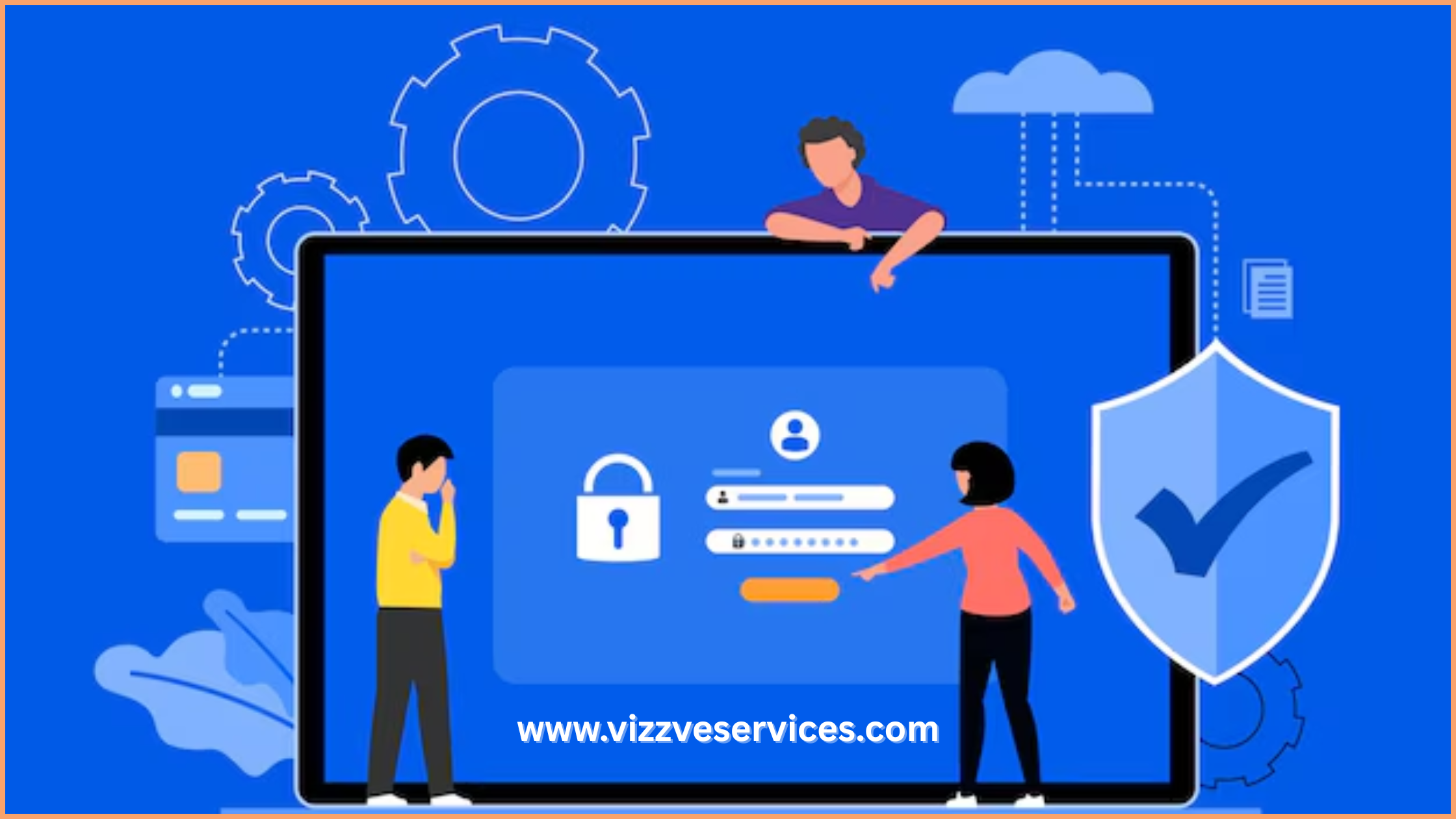Implementing Security Best Practices for Websites
In today’s digital world, every website is a potential target for cyber threats. At Vizzve Services, our goal is to empower businesses with robust defenses. This comprehensive guide covers foundational to advanced security measures you can implement right away.
1. Enable HTTPS & HSTS
- SSL/TLS certificate: Encrypt data in transit.
- HTTP Strict Transport Security (HSTS): Forces browsers to use HTTPS only, preventing downgrade attacks like SSL stripping Freepik+10Splashtop+10SentinelOne+10TechRadar+1VectorStock+1Wikipedia.
2. Use a Web Application Firewall (WAF)
A WAF filters and blocks malicious HTTP traffic—protecting against SQL injection, XSS, and more Wikipedia.
3. Enforce Strong Authentication
- Passwords: Must be at least 12+ characters, complex, stored in managers TechRadar.
- Multi‑Factor Authentication (MFA): Adds a crucial second layer—highly endorsed CISATechRadar.
- Passwordless / Passkeys: Emerging trend for usability and security TechRadar.
4. Keep Software and Dependencies Updated
Patch web servers, CMS, frameworks, and plugins frequently to avoid exploitable weaknesses TEAM LEWIS+9Splashtop+9Wikipedia+9.
5. HTTP Security Headers & CSP
Implement headers like:
- X-Frame-Options, X-XSS-Protection, Strict-Transport-Security, Content-Security-Policy to guide browser protection COLAB.
6. Use Secure, HttpOnly Cookies
Prevent scripts from accessing sensitive data stored in cookies, reducing risk from XSS exploits UpGuard.
7. Input Validation & Output Encoding
Treat all user inputs as untrusted. Sanitize and escape inputs to prevent injections like SQL or XSS COLAB.
8. Encrypt Data at Rest & in Transit
Use AES‑256 or equivalent for stored data and ensure all communication uses TLS encryption UpGuard+1Carbide+1.
9. Regular Backups & Disaster Recovery
Follow the 3‑2‑1 rule: three copies, on two types of media, one off‑site. Test your recovery process regularly Splashtop.
10. Conduct Vulnerability Scans & Pen Tests
Use OWASP Top 10 as a starting point for regular vulnerability checks. Pen tests simulate real-world attacks OWASP FoundationSiteGround.
11. Monitor, Audit & Train
- Monitoring: Log access, set alerts for anomalies.
- Audit & Compliance: Regularly assess third-party risk and ensure policy alignment Wikipedia+7Freepik+7Vecteezy+7OWASP Foundation+4Splashtop+4TechRadar+4.
- Training: Educate staff on phishing, social engineering, and burnout-driven lapses Yoast+6TechRadar+6OWASP Foundation+6.
12. Adopt a Zero‑Trust Mindset
Assume breaches are inevitable. Validate every user/resource before granting access—especially important for remote teams reddit.comTechRadar.
✅ Conclusion
Security is an ongoing journey. By layering these best practices—from SSL and MFA to vulnerability monitoring and staff training—you protect not only your site but also customer trust and business continuity. Partner with Vizzve Services to implement a security-focused culture and resilient infrastructure.
www.vizzve.com || www.vizzveservices.com
Follow us on social media: Facebook || Linkedin || Instagram



